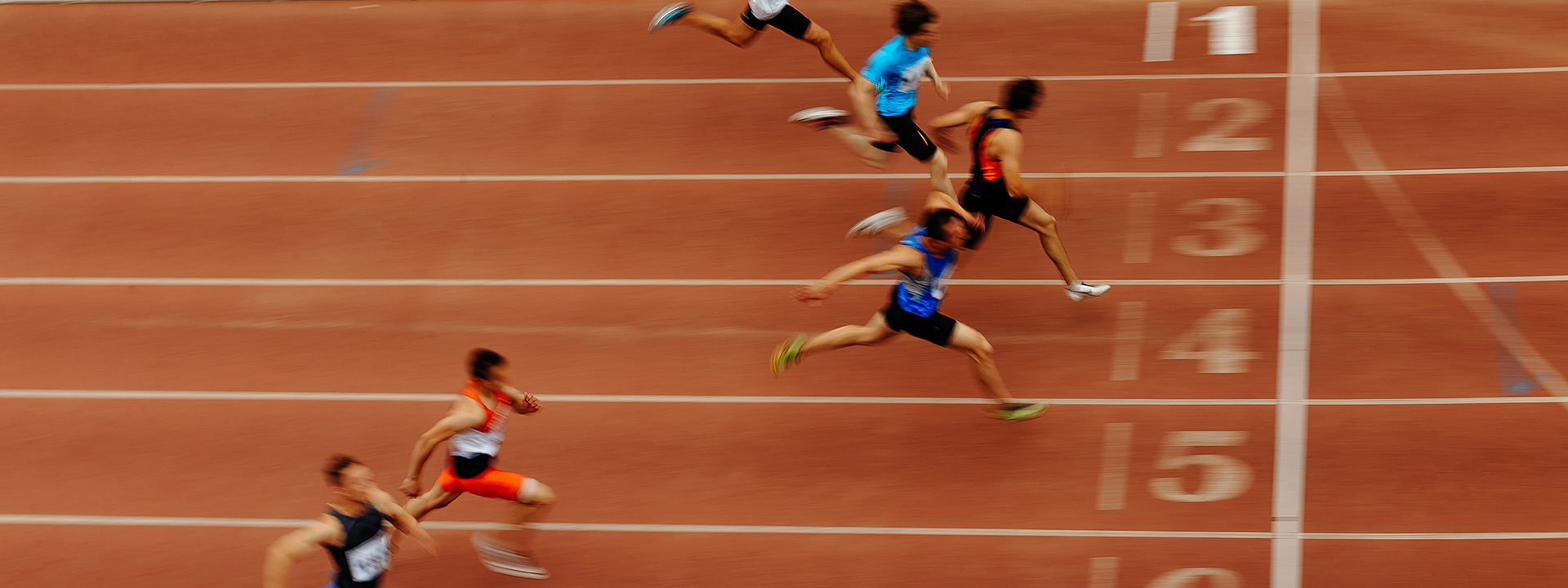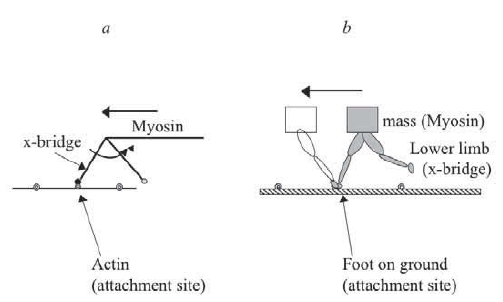
Power & Strength-Based Sports: Assessing Maximum Speed with Plantar Pressure Mapping Technology
In our series of articles on power and strength-based sports, we previously discussed the characteristics of acceleration, its role in sprinting, and the importance of plantar pressure mapping technology to evaluate an athlete's ability to accelerate in the first few steps of a race.
When it comes to maximum speed, also known as top speed, the focus shifts to the ability of an athlete to properly apply forces into the ground to attain maximal running speed.
As the main objective in competition, whether it is a 100 m race, a player trying to catch a ball and reach the opposite goal, or to get to the finish line first, we can assume that acceleration and maximum speed are strictly correlated. Athletes with the best acceleration usually perform better as they reach top speed sooner and spend more of the race at top speed (Chapman, 2008).
However, maximum speed is a quality strictly related to neuromuscular efficiency (i.e., application of force into the ground), biochemistry (i.e., substrate availability, energy systems development), and technical factors.
What is Maximum Speed?
Maximum speed, like acceleration, must be defined and explained by tapping into physics and exercise physiology.
As explained in the previous article on acceleration, speed is a physics scalar quantity defined as the rate of distance change. Conversely, velocity is a vector quantity defined as the rate of change of displacement.
As a biomotor ability, maximum speed is one of the qualities of speed, together with acceleration and speed endurance.
Most of the research in previous years has focused on identifying the limiting factors to maximal running speed. It was once believed that maximal running speed is limited by both stride length and stride frequency. However, several studies at the beginning of the twenty-first century have identified ground force application as the primary determining factor for maximum speed development.
Furthermore, researchers have highlighted how both vertical and horizontal forces play a fundamental role in the goal of reaching maximum speed: it has been shown that maximal running speed does not seem to be limited by vertical GRF (ground reaction force) as they remain constant after reaching 70% of maximum velocity and after that is the horizontal GRF that becomes predominant.
Force application can be defined as an intrinsic factor, and it is strictly related to neuromuscular properties associated with the speed of muscle contraction (i.e., shortening). The role of muscular properties in force application and generation of speed can be explained with an analogy between the contractile elements of muscle and the runner's lower limb (see Fig. 1 below).

Figure 1. Does the muscle shortening mechanism limit maximal sprinting speed? (Chapman, 2008).
The analogy shows how the force is a limiting factor by representing the lower limbs like the cross-bridges, the mass of the body like the myosin filaments, and the foot like the actin (attachment site). In this analogy, the body mass and the foot slide past each other under the influence of the lower limb's motion, thus reaching a point where at a certain speed of muscle shortening, the lower limbs can only keep up and cannot develop more force.
So as the force-velocity relationship suggests that "as muscles shorten concentrically faster, they can create less tension to continue to increase velocity" (Knudson, 2007), it becomes clear that shifting the curve to the right is of fundamental importance in the process to increase top speed.
Maximum Speed in Power & Strength-Based Sports
Top speed is a fundamental quality in individual sports (track and field) and team sports (soccer, basketball, American football, rugby): it is a specific quality, together with acceleration, and it needs to be trained and developed precisely.
Sometimes, athletes with good acceleration abilities may need more capacity to reach high velocities in the maximum speed phase if this quality is explicitly trained.
The efficiency during maximum speed is reflected in the dynamics of foot strikes. Plantar pressure mapping technology can assist in recognizing weak links and address top-speed training programs based on an athlete's biomechanical profile.
To learn more about how using plantar pressure mapping technology, like XSENSOR's Intelligent Insoles, can assist in assessing maximum speed abilities in strength and power-based athletes, watch our webinar, Assessing Maximum Speed in Power & Strength-Based Sports with Plantar Pressure Mapping Insoles.
References
- Duane Knudson, Fundamentals of Biomechanics, 2007. Springer, 2nd Ed.
- Arthur E. Chapman, Biomechanical Analysis of Fundamental Human Movements, 2008. Human Kinetics.

